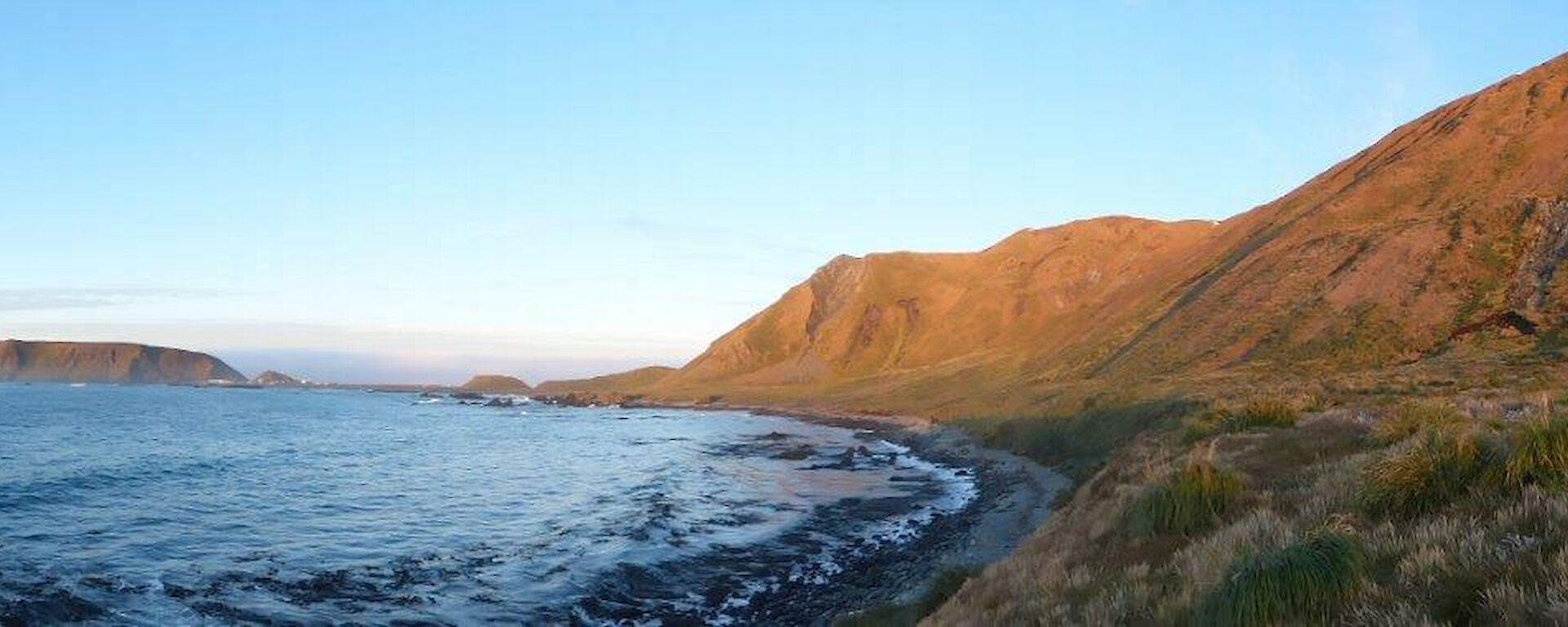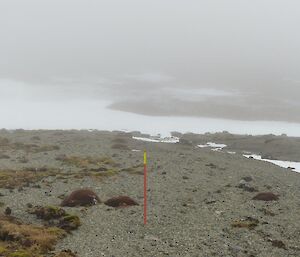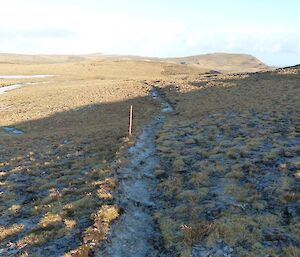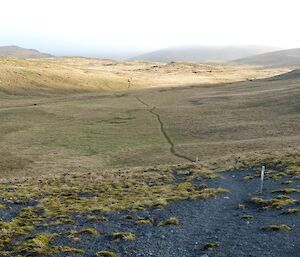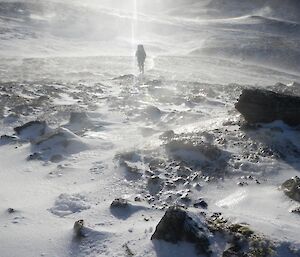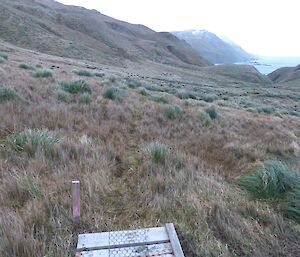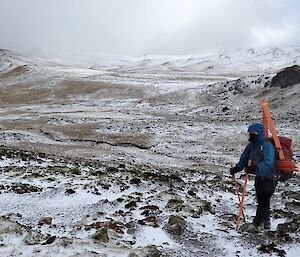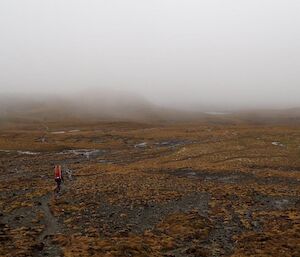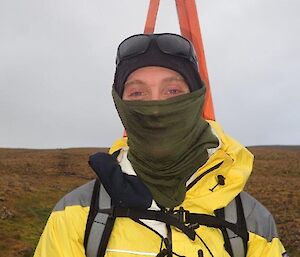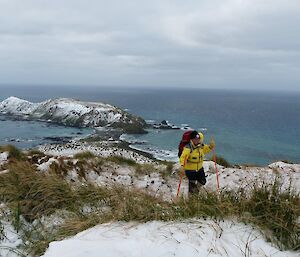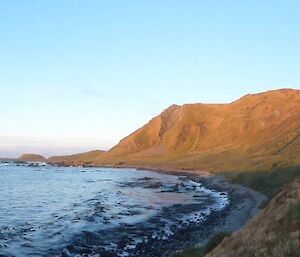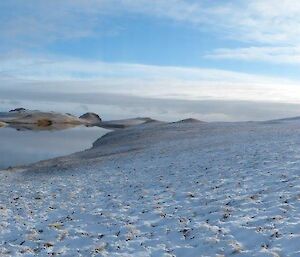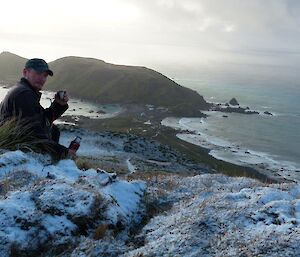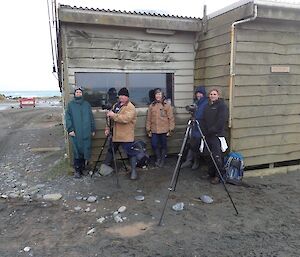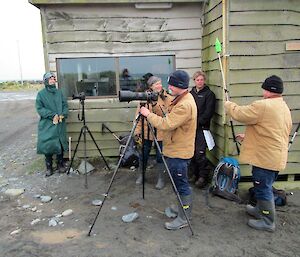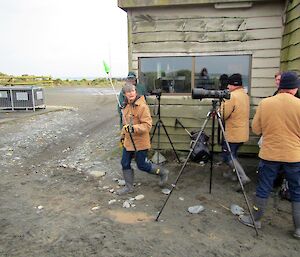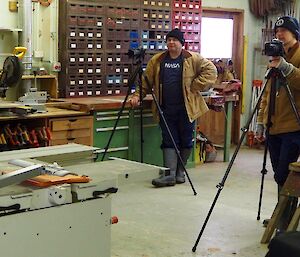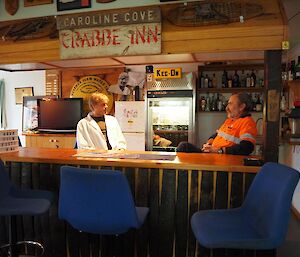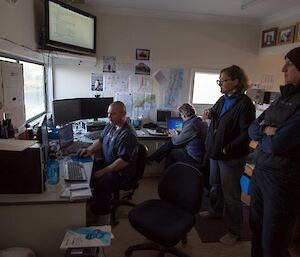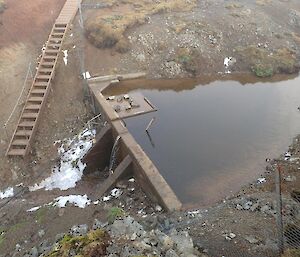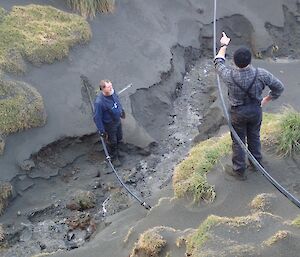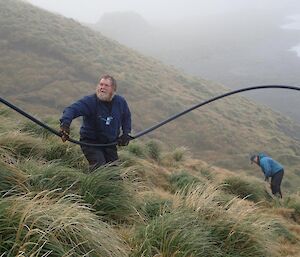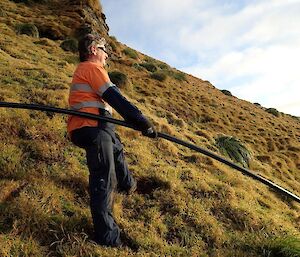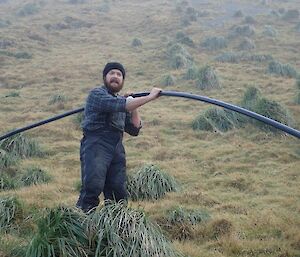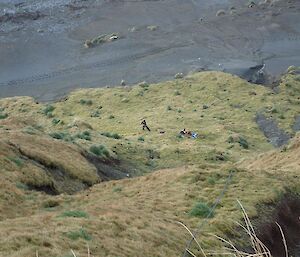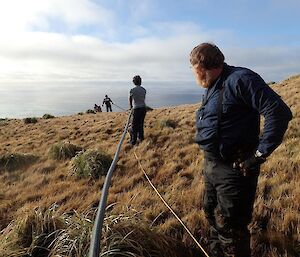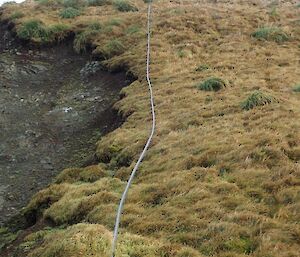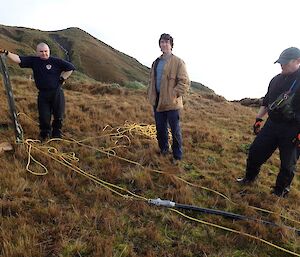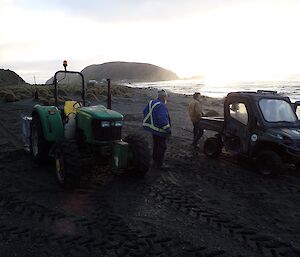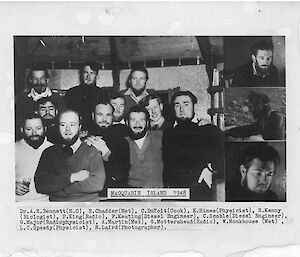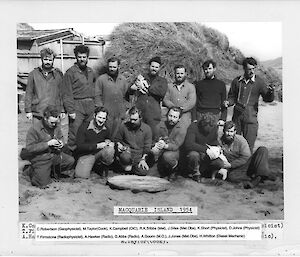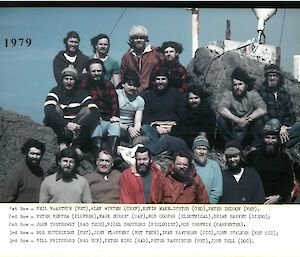The satisfaction of working on Macca as a TasPWS ranger comes in many ways! An incredible landscape to work in, while living and working as a small team in a remote location, alongside a group of people that are collectively focused on solving or working around some of the ‘little’ challenges that come with a windswept sub–Antarctic island in the middle of the Southern Ocean. The diversity of tasks ensures that no two days are the same. If the job is the same, the landscape is different and you can guarantee that the weather will be very different. This is my third winter on Macca and each day I see or learn something that I didn’t know the day before!
So what do rangers do on Macca? Most years, the Tasmania Parks and Wildlife Service has two rangers on the island. Regular readers of Icy News have already met Marcus, the Wildlife Ranger, whose principle focus is wildlife research. My role as the Ranger in Charge focuses more broadly on the management of the reserve. The TasPWS team this year has expanded to three — many will be familiar with Kim’s work as an Albatross researcher.
Over the next few months I’ll try to bring you up to speed with some of what I get up to. This last month was fairly typical, an 18 day stint in the field on tasks ranging from track management to plant surveying to heritage management to checking on the wandering albatross chicks, then throw in some risk assessment work as well! I covered a fair bit of the island and managed to clock up just over 180kms, which is a great way to burn off some of Chef Rocket’s plentiful tucker.
One of the projects this season is the upgrade of walking track markers (there’s going to be a few people out there that are saying ‘he did the last time’). The current project will see the progressive replacement of the old painted timber markers with a recycled plastic marker, which are bright orange! The addition of a fluorescent green reflector will further help in in the typical low visibility so often experienced on Macca. The island has approximately 96 kilometres of walking track that serves as the highway, called the ‘Gumboot Expressway’ or the ‘Skellerup Speedway’, it’s a critical piece of infrastructure by which most of the foot travel is done around the island.
The absence of helicopters on our last resupply has made the current task a little more challenging. Ideally caches of bulk track markers would have been dropped around the island during last resupply, allowing for a more ‘leisurely installation’. Instead, track markers are carried out — valuable and willing assistance to this logistical challenge comes from many of the team as they head out on recreational trips. Fee for service has not been mentioned yet, but the occasional cup of tea from my thermos for the intrepid traveller that I meet in the field seems to go a fair way! The use of IRB’s delivering a bulk supply to Green Gorge has helped to cut down on some of the hard work.
So far this season we’ve managed to install about 920 track markers over a distance of 24 kms of track — watch this space!
Macquarie Island is a nature reserve and in the context of reserve management this means that environmental protection is of the highest consideration. Absolute consideration is given to keeping to the track network and deviating off track is only permitted if there is work to be done. Researchers are given permits to venture off track as part of their work and rangers often need to travel cross country and always take into consideration the need to cross a particular piece of landscape for fear of causing damage. Times have changed since the days of old where we could gently ramble the hills. Even more important, we think about how the island is regenerating after a life time of degradation by rabbits. I was reminded on this last trip out of just how small and special some of the plants are when I was surveying the Huperzia australiana, but that’s for next time…

